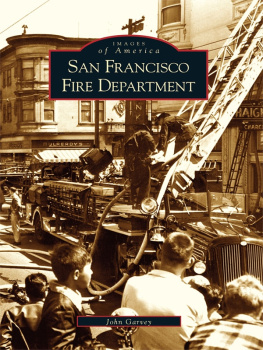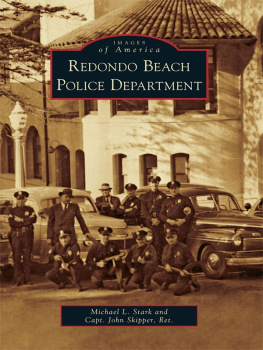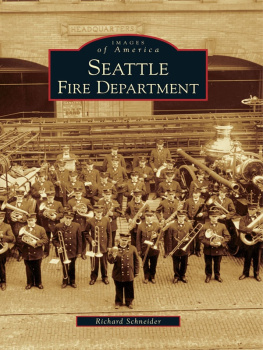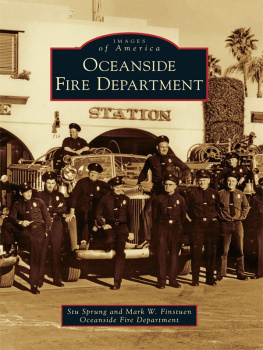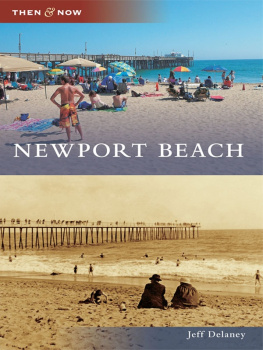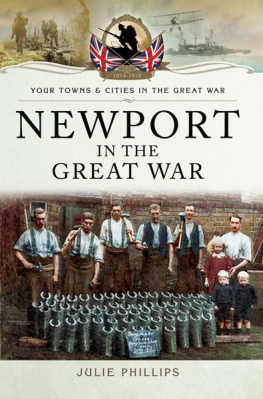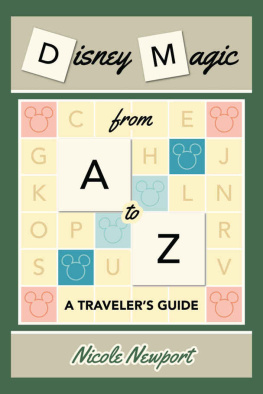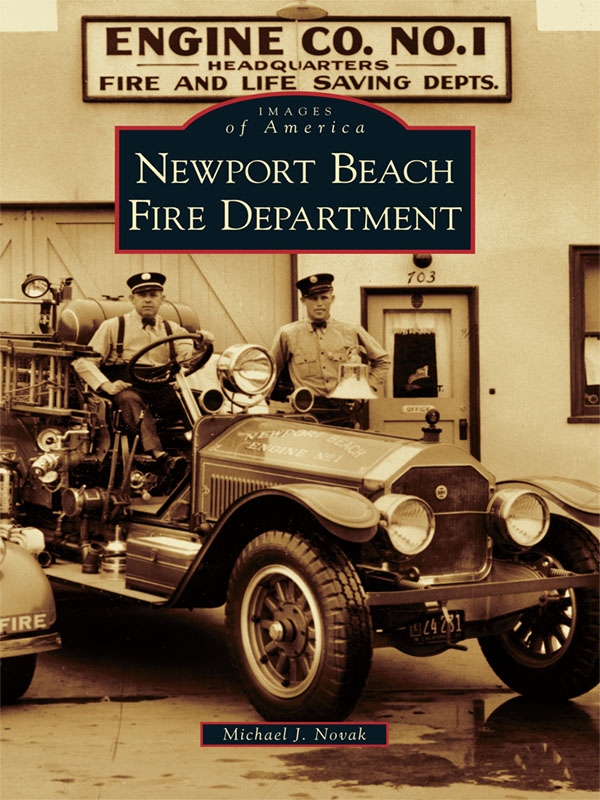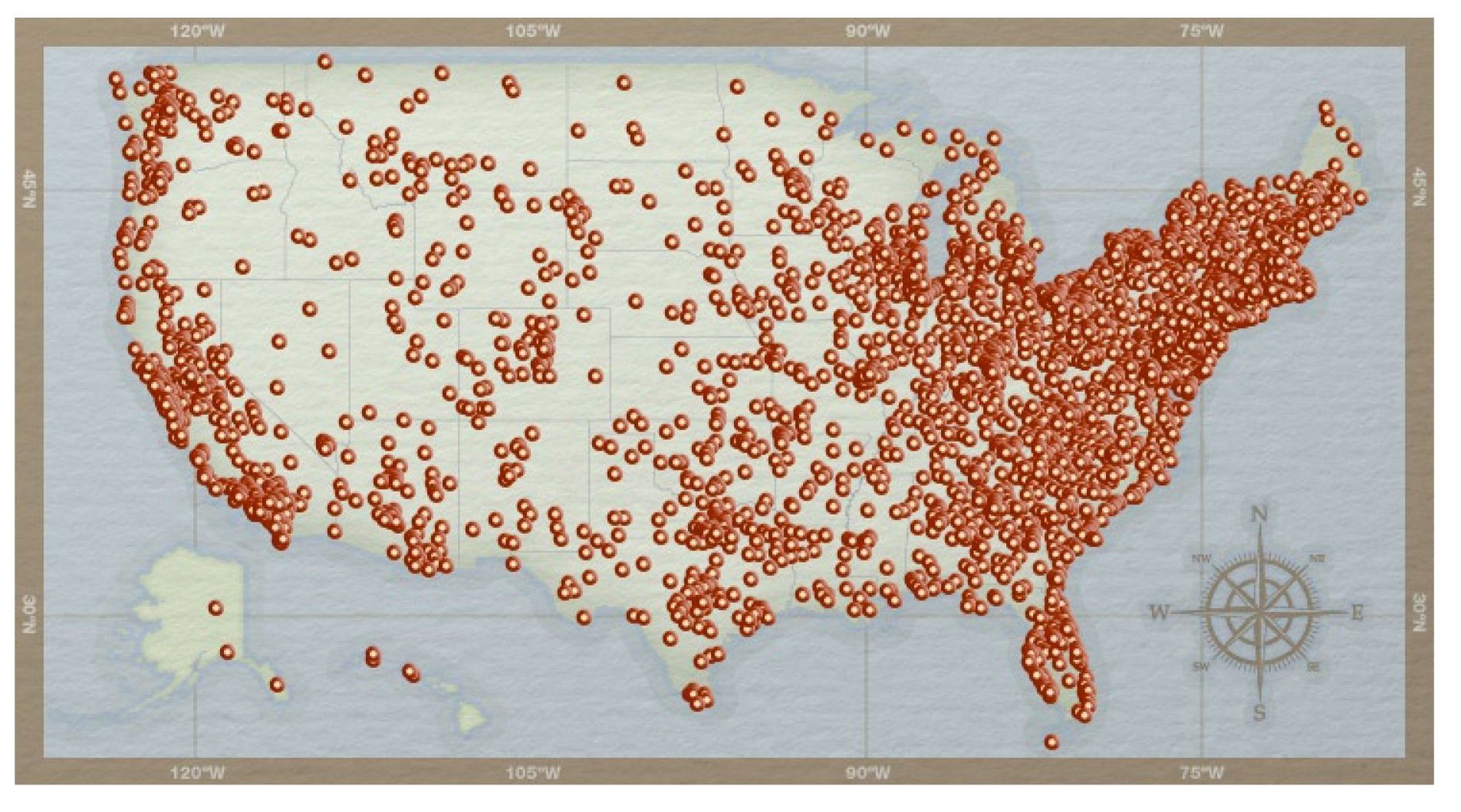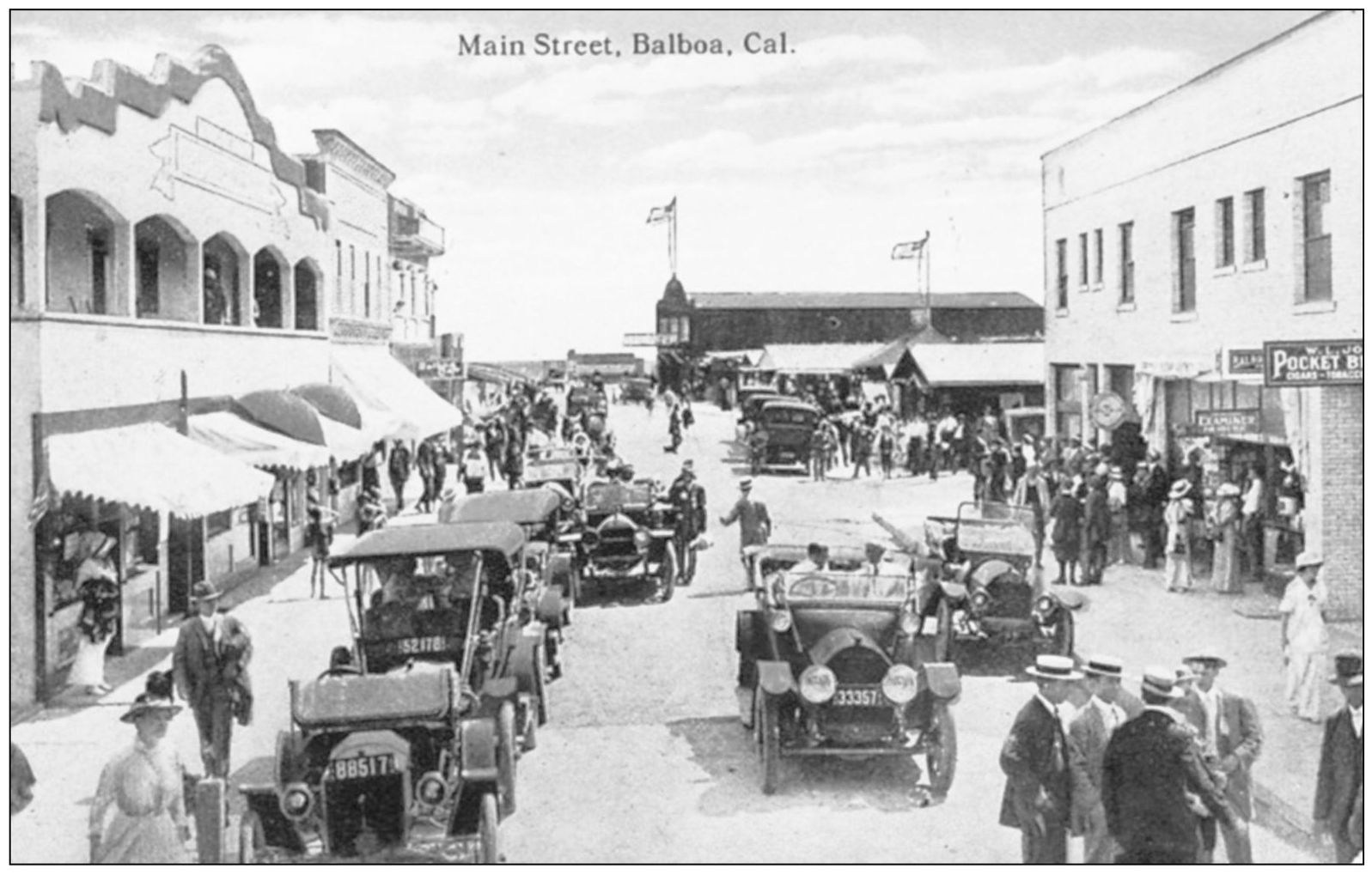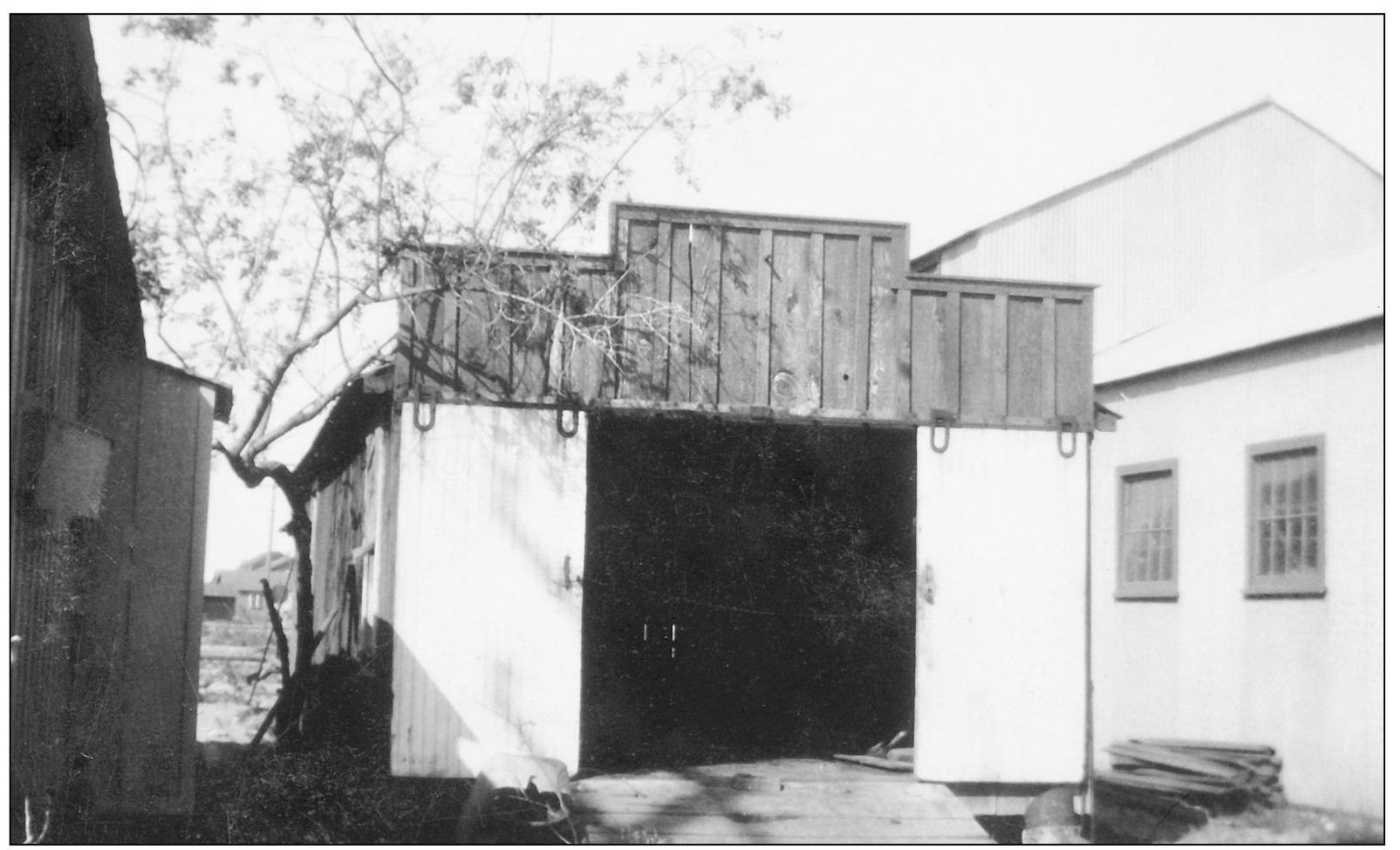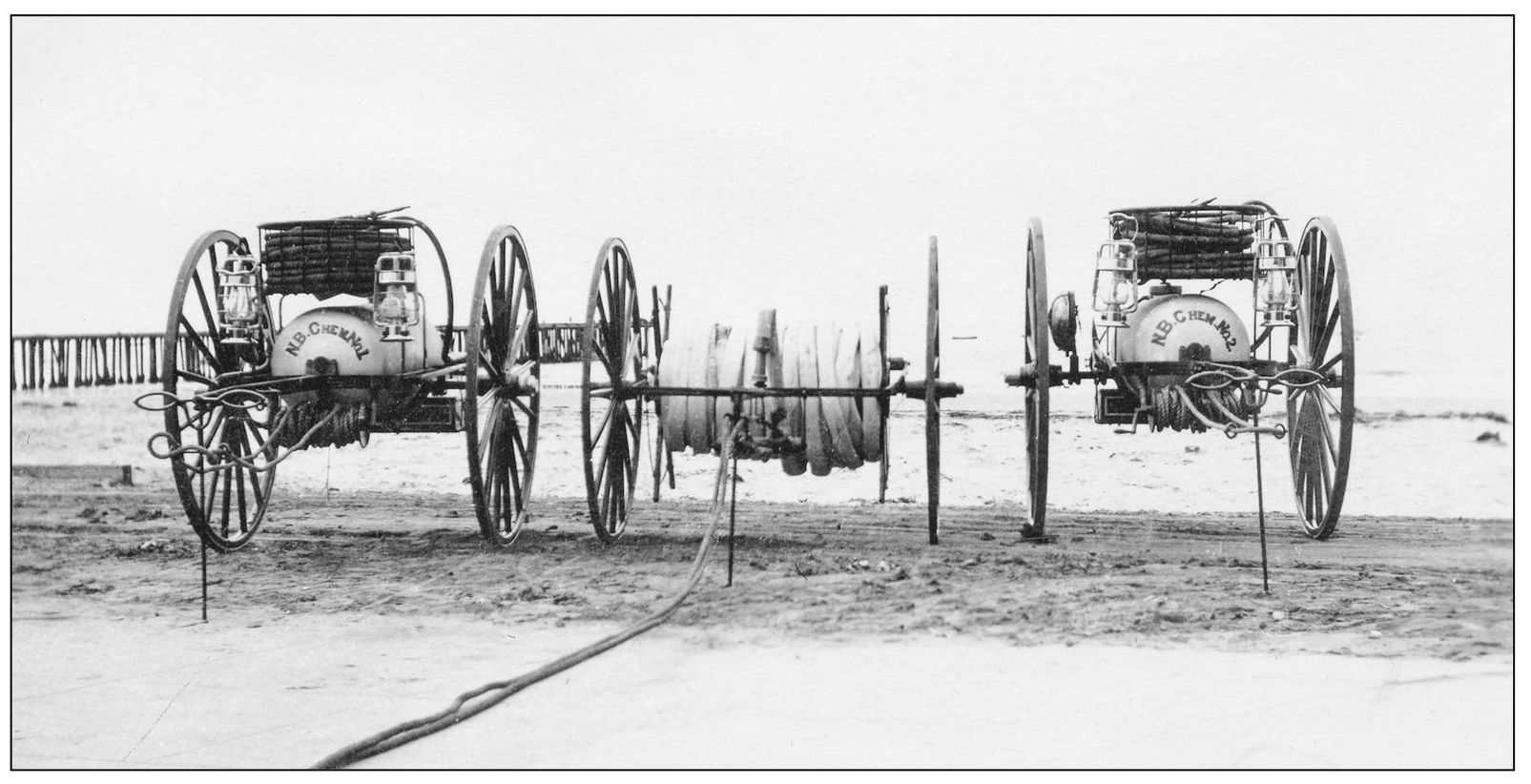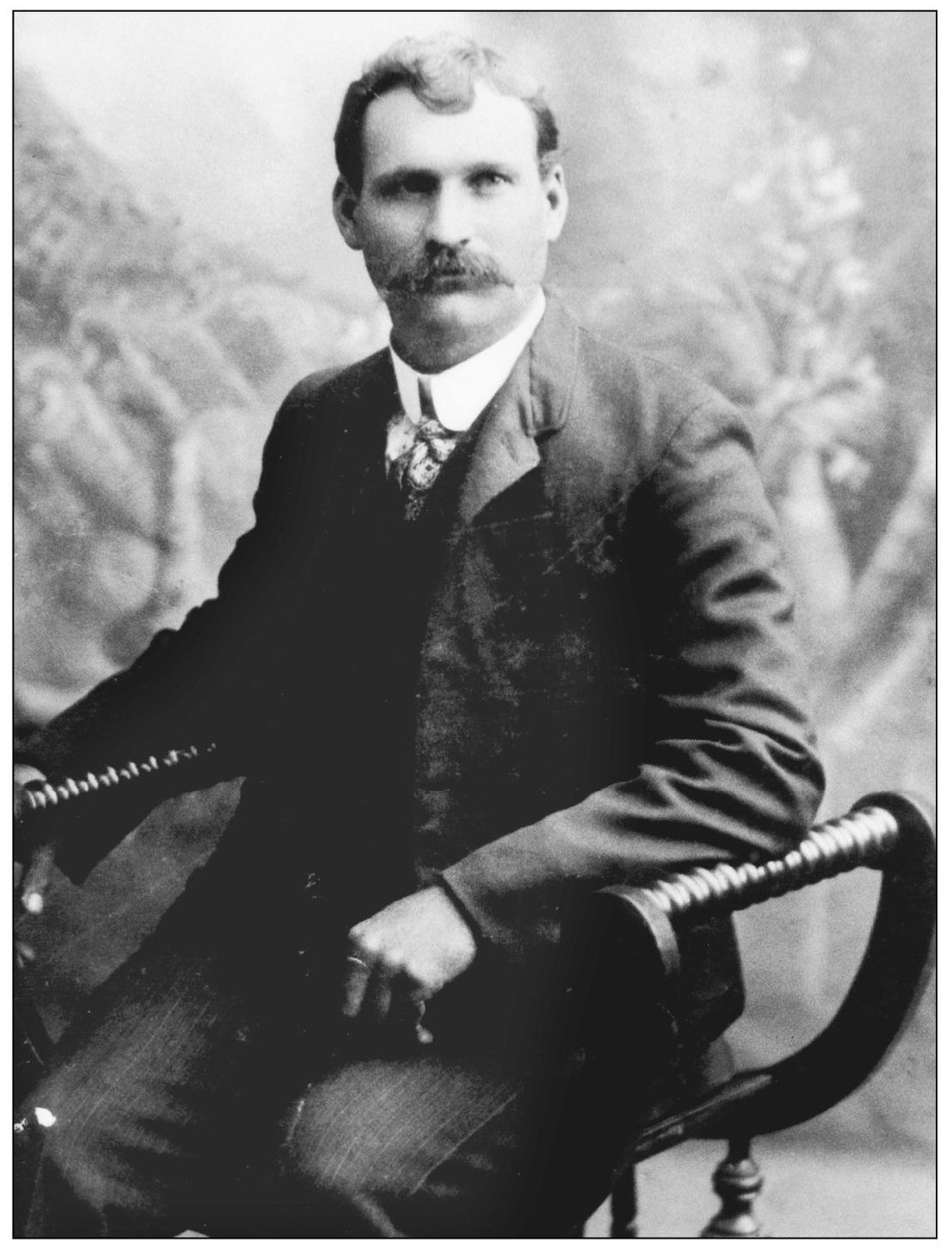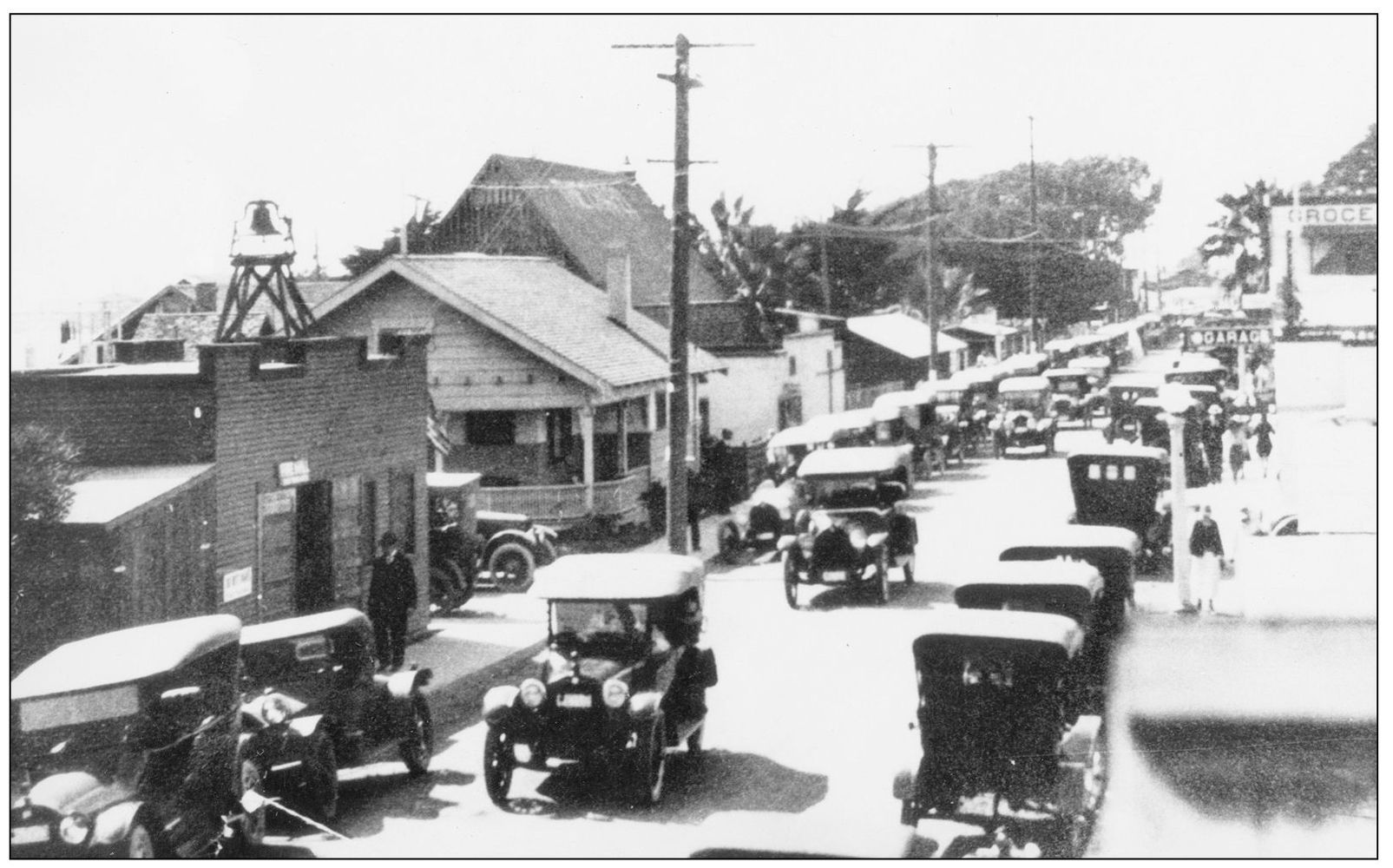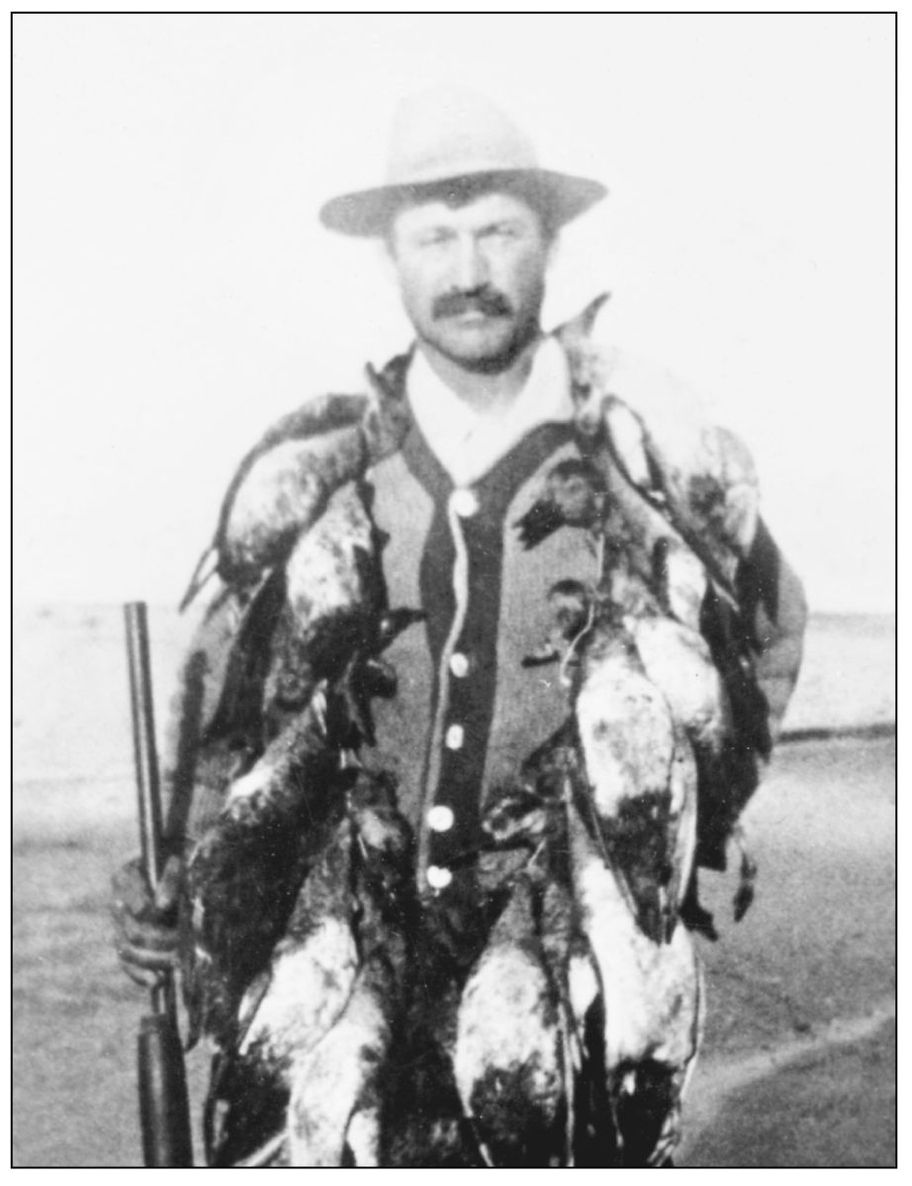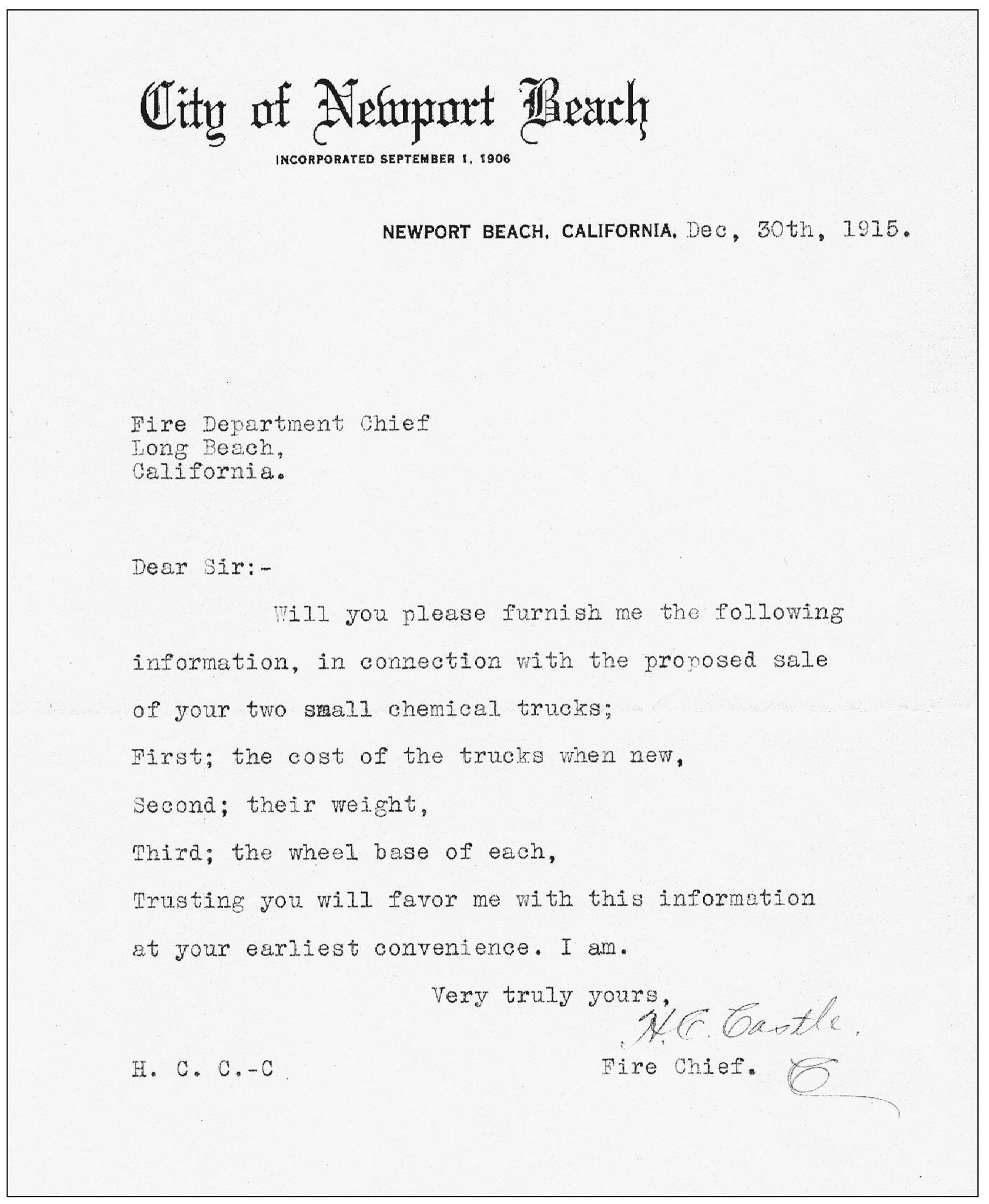One
THE VOLUNTEER YEARS
The city of Newport Beach was incorporated in 1906. In 1910, the city was made up of several small villages separated by a few miles of undeveloped oceanfront real estate. Two communities were emerging on the Balboa Peninsula, a five-mile-long stretch of sand whose wide beaches separated the Pacific Ocean from the tranquil waters of Newport Bay. Balboa Village, seen here, developed around the well-known Balboa Pavilion, built in 1905. Two miles up the beach, Newport Village was a thriving commercial center adjacent to the Newport Pier and a small fishing fleet. The famous Pacific Electric Red Cars brought visitors to both villages. (Authors collection.)
In August 1910, the city council chambers were ravaged by fire. The city trustees, rudely awakened to this threat, quickly sought to establish organized fire protection for the fledgling villages of Balboa and Newport. A vacant lot was purchased near the Newport Pier. Newports first firehouse, a small shack, was erected on that lot. (Courtesy of NBFD archives.)
In December 1910, Newport Beach purchased its first firefighting equipmentthree hose reels. Fire alarms were initially sounded with a gunshot. Residents, searching for a safer solution, began using the fog bell mounted on the pier to bang out an alarm. Volunteers rushed to the small shanty that housed one of the three hose reels. The first firefighter to grab the reel received $2. (Authors collection.)
Two additional hose reels were purchased in January 1911. These reels carried 60-gallon water tanks and cost $760. On April 17, 1911, Ordinance No. 65, creating a volunteer fire department, was officially passed by the trustees. (Courtesy of NBFD archives.)
This photograph is purported to be of Newports first volunteer fire chief, W. A. Cornelius, appointed in January 1911. Cornelius was editor of Newports first newspaper, the Newport News . Chief Cornelius and his 15-member department received no pay. Cornelius resigned at the end of the year. He was replaced by Mannie Simberg, a local photographer who owned a business in Newport Village. City trustees immediately sought to make participation in the fire department more appealing by voting to pay the fire chief $10 a month and each member $2.50 per fire call. (Courtesy of NBFD archives.)
Around 1912, a new fire hall was constructed on East Bay Street in Balboa Village. The nearby Balboa Pavilion was rapidly becoming a popular vacation destination for bathers, boaters, and fishermen. The fire hall, a short block away, was comforting in its proximity to the businesses along Main Street. A large brass fire bell, visible in this photograph, was purchased for $44 and mounted on the roof. (Courtesy of NBFD archives.)
Rube Shafer was Newports third volunteer fire chief, resigning in 1914. He was a well-known local fisherman. Shafer was best remembered for attempting to tow the schooner Muriel out to sea for use as a bait barge, only to see the ship run aground at the harbor entrance. The Muriel remained stranded there for five years. Between 1911 and 1927, seven men would serve as volunteer fire chief. The last volunteer chief, A. W. Jackson, served from 1921 to 1927. (Courtesy of NBFD archives.)
As 1915 drew to a close, fire chief Herbert Bert Castle wrote to the Long Beach Fire Department inquiring about two Rambler hose wagons available for sale. It had become apparent that Newports hose reels were no longer an adequate defense against the threat of fire. Chief Castle astutely regarded these two motorized chemical wagons as a way to provide faster and more effective fire protection to both Balboa and Newport. They were large enough to carry several men, could carry up to 800 feet of fire hose and, most importantly, they could travel to both ends of the growing community faster than any other fire apparatus available at the time. (Courtesy of fire chief Steve Lewis.)


